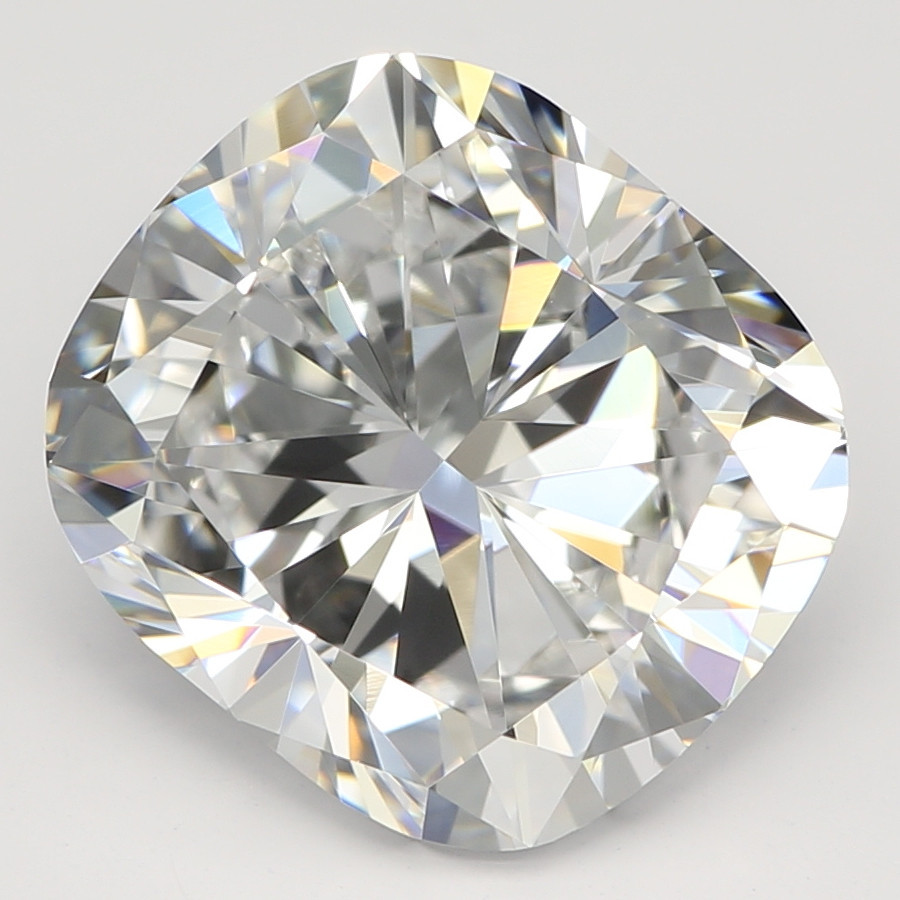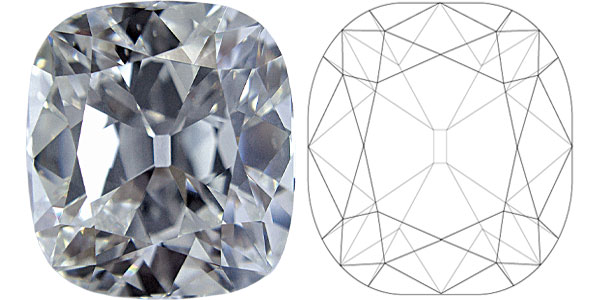
“Cushion Cut, Cushion Cut:
Historic, luxurious & fire -> cushion inspired“
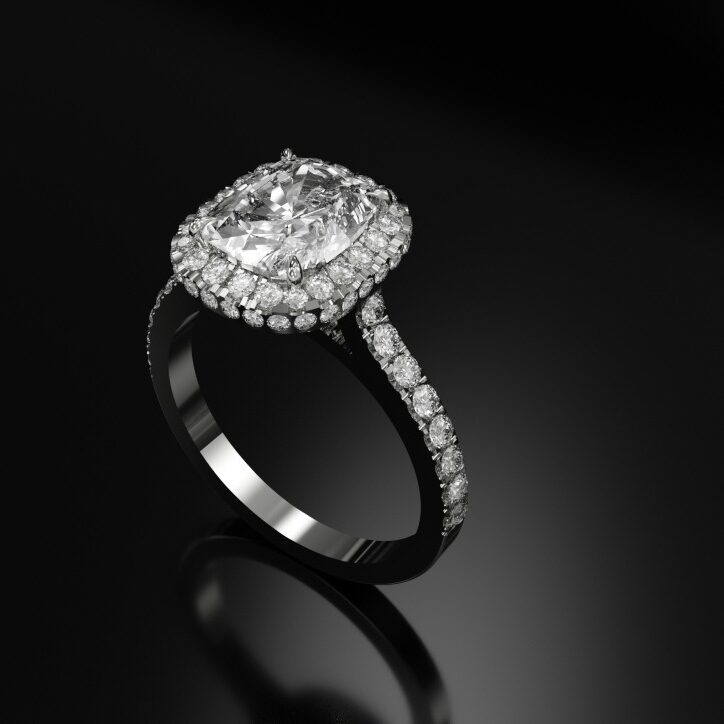

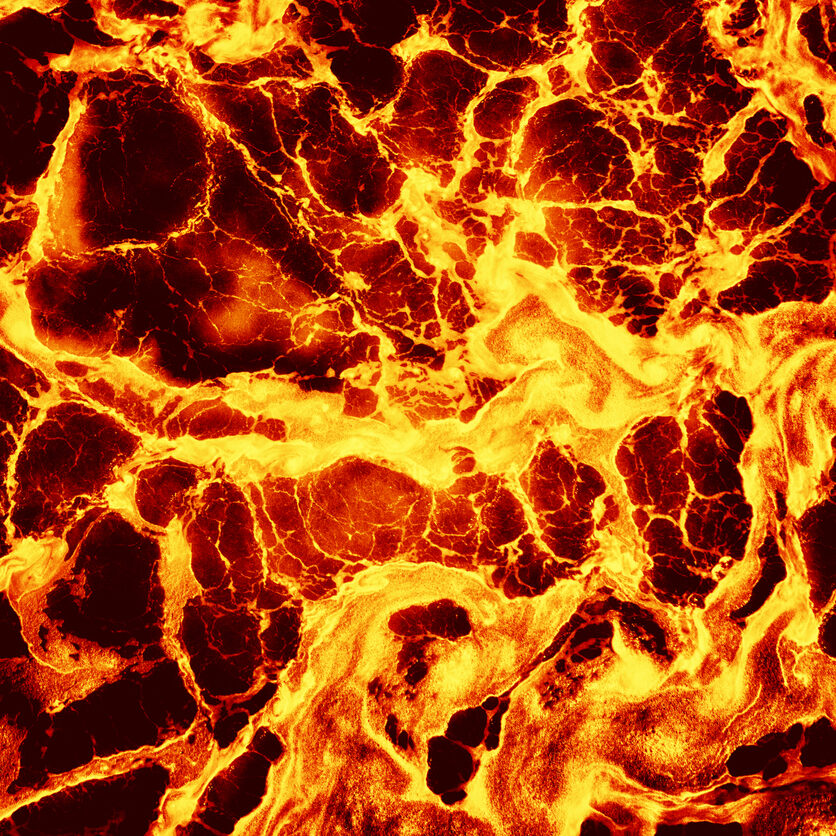
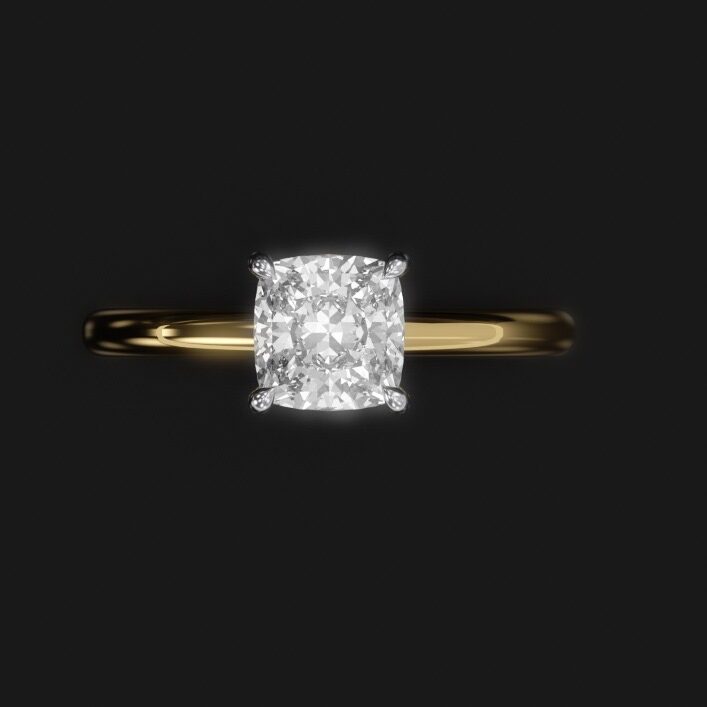
Cushion Cut DiamondCushion Cut Diamond, Cushion Cut Diamond – Squared Cushion or Elongated Cushion
What is a Cushion Cut Diamond?
Cushion cut diamonds are shaped like a square with the corners cut off (reminiscent of a cushion), just like the old mine cut diamonds, but they have a modern brilliant cut. With equal carat, cushion diamonds are slightly smaller than round diamonds, brilliant cut diamonds.
Advantages Cushion
What makes the Cushion cut so unique? What are the advantages of the Cushion Cut diamond?
- “Luxurious appeal: classic with a modern flair”.
- Elegant design
- Combines square cut with rounded corners, similar to a pillow (hence the name).
- Dazzling Fire (Fire)
- Has gained enormous popularity in recent years
- With many cut options, choosing a Cushion Diamond offers creativity and personalization
- Often used with Fancy Color diamonds as the color shows to advantage
Disadvantages Cushion
Recommendation: What should you look for when buying a cushion cut diamond? What are the disadvantages of the Cushion Cut diamond?
- Choose more carat!
Cushions have a smaller face-up surface because they are ground more deeply
→ appear smaller than round and also than angular shapes (since the eye draws a line from corner to corner there and the corners are rounded in Cushion).
Stars
Which stars and celebrities have a cushion cut diamond?
Some celebrities who have chosen a cushion-cut diamond for their engagement rings are:
- Sofia Vergara: Her engagement ring from Joe Manganiello is set with a large cushion-cut diamond.
- Kim Kardashian: Before her current marriage, Kim Kardashian wore an engagement ring with an eye-catching cushion-cut diamond.
- Leighton Meester: Leighton Meester’s engagement ring, given to her by Adam Brody, is also adorned with a cushion-cut diamond.
- Eva Longoria: Her engagement ring by José Antonio Bastón features a beautiful cushion-cut diamond.
Once the standard cut for diamonds, cushion cuts have a long history. This old favorite is now considered a classic and never goes out of style.
Cushion cut diamonds have a timeless and classic appeal, with soft, rounded edges that no other shape can match. They are also the cut with the greatest dispersion/scatter or fire. If you love the colored flashes of a diamond, you’ll appreciate a cushion cut engagement ring.
Nevertheless, cushion cuts have a disadvantage. Being one of the deeper cuts, they have a smaller surface area than most shapes. This means that you might want to look for a stone with a slightly larger carat weight.
Cushion-cut diamond versus brilliant-cut diamond
What is the difference between a Cushion Cut Diamond and Round Diamond Brilliant?
While round diamonds have the most brilliance, or return of white light, cushion cut diamonds can have more fire than round (although round diamonds still have a lot of fire).
Shape
What should I look for in a cushion diamond shape?
With a silhouette that resembles a cushion, the unique shape of the Cushion cut is one of the most complicated for first-time diamond buyers. Remember that judging the cut quality of a cushion cut diamond is not an exact science. The most important thing is that you like the look and performance of the stone.
“Cushion modified”: Standard and modified brilliant-cushion cut.
Unlike most other fancy shapes, cushion cuts can be made from several different cut patterns. Although you will find the standard cut in older diamonds, it is still used today. In the 1920s, a new modified cushion cutcame on the market, with an additional row of facets below the roundel. So if you search, you might see the description “cushion modified”. This is still a cushion cut diamond.
However, whether the diamond has a standard or modified cushion cut has no direct bearing on its beauty or performance. Both types can have great or poor performance. Also, both cuts can have either of the two “looks” for a cushion cut diamond.
“Chunky” & “Crushed Ice”
There are two different “looks” for a cushion cut diamond. Some let you see the back facets and light reflections in broad flashes. These are affectionately called “chunky” pillows.
Some cushion cut diamonds have an appearance reminiscent of crushed ice or broken glass. Here the back facets are not pronounced. Instead, you see a glittering effect made of many small reflections. This “crushed ice” look has a sparkly appearance. “Crushed Ice” was achieved by adding more small pavilion facets that create mirror-like reflections back to the eye after the light has entered the stone.
In your search, you may also come across some stones called chunky cushions. With chunky stones, your eye has a better opportunity to look into the stone and capture the pavilion facets.
Attractive shape
What should I look for in a cushion diamond shape?
Cushion cut diamonds can range from almost round to almost square. You’ll want a diamond that’s an attractive middle ground, with rounded corners and slightly domed sides. It is important to have a good picture of the diamond to clearly see its shape. If the shape is not right, you should not buy it.
length/width ratio
What length width ratio should a cushion cut diamond have?
Another important aesthetic decision with a cushion-cut diamond is whether you prefer a square or rectangular shape. While most diamonds available are square, rectangles have the advantage of appearing larger for their carat weight.
Pay attention to the length to width ratio (L/W) for cushion grinds. Square shapes should have an L/W of 1.00 to 1.05. Rectangular shapes should be distinctly – but not excessively – elongated, with L/W of 1.15 to 1.20. Avoid the “awkward L/W zone” of 1.06 to 1.10.
Elongated cushion cut diamonds are rarer than square shapes and therefore harder to find in high quality. Be prepared to do some searching if you are looking for an elongated cushion diamond.
For best performance, limit your search to diamonds where both the Depth and Table percentages are below 70%. Make sure you watch a video of any diamond you are considering to ensure it performs well.
Color
What should be the minimum color of a Cushion Diamond?
While cut quality is the most important factor in a diamond’s beauty, you should also consider the diamond’s color grade. Cushion cuts show more color than a round brilliant, but their brilliance and dispersion helps hide the color.
For a cushion cut diamond set in a white gold engagement ring, stick to a color grade of H or higher. If you are on a tight budget, you can go down to an I or even some J colored diamonds and still have a white look.
In rose gold and yellow gold rings, I and J color diamonds are less expensive and still appear white. K-colored cushion cuts have a slight tint that can work well for vintage styles.
Clarity
What should be the minimum clarity of a cushion diamond?
Imperfections of clarity visible to the eye can ruin the appearance of a cushion cut diamond. However, the brilliance of a cushion cut diamond hides imperfections well. To get the best price, stick to purity grades VS2 and SI1 or better. If you need to stretch your budget, many cushion cut diamonds with a clarity grade of SI2 appear clean to the eye. For example, inclusions in an SI2 cushion cut diamond that are around the edges are less noticeable.
For SI1 and SI2 diamonds, look closely at the diamond and make sure the imperfections are not large, dark and in the center of the stone.
Ideal Mass CUSHIONS
What are the perfect dimensions for a cushion cut diamond? What dimensions should a cushion diamond have in terms of depth and table? What is the ideal length ratio for a cushion cut?
- Depth under 70%
- Table under 70%
- Length-to-Width Square Shapes between 1.00 and 1.05
- Length-to-Width Rectangular Shapes between 1.15 and 1.20
- More Carat! (smaller face-up surface because ground deeper -> look smaller)
With cushions, it is important to take more carats so that you are not disappointed because of the smaller face-up surface.
Budget Tips Cushions
How can I save money on a Cushion Cut Diamond?
Cushion cuts aren’t too forgiving with color, so it’s best to stick with an H color or better. However, they hide inclusions well, so you can find SI1 and SI2 cushion cut diamonds that still appear flawless!
history
When was the cushion cut diamond invented? What is the history, the history of cushion diamonds?
The origins of the cushion cut diamond date back to the very first diamond cutting styles. Old as it is, it’s finding favor again with savvy diamond collectors. Today, this timeless cut style has become a popular choice for engagement rings around the world.
A tribute to the “Old Mine Cut”
The modern cushion cut owes its faceted design to an ancient diamond cut called the Old Mine Cut, which dates back to the 1700s. In the 1700s, much of the world’s diamond mining took place in Brazil after the first mines in India (the original source of diamonds) began to dry up. Brazilian stone cutters most often used the old-mine cut, as it maximized the carat retention in the rough crystals that were often produced in the diamond mines there. The stunning Hope Diamond, on display at the Smithsonian Museum of Natural History, is one such famous diamond that features the historic cut. The legendary Regent diamond, a 410 carat diamond of Indian origin, is another spectacular example of the early Old Miner’s Cut, dating to 1701.
From the 1800s until well into the early 1900s, before round brilliant cut diamonds became the most sought-after diamond cut, the Old Mine cut – the precursor to the Cushion cut – was the most common diamond shape. Typical Old Mine cut diamonds had a rounded corner, a square shape, and a strikingly high crown with a small table facet. On the side of the pavilion you found a deeper pavilion and an open calette. While by today’s standards these elements don’t make for the most brilliant light rendition, back then this was the pinnacle of sparkle. Not only did the grinders want to save weight with this style of grind, but they also wanted to take less time to complete the grind.
Both today’s cushion cut diamonds and Old Miners have striking similarities and some differences. The Old Mine cut had 58 facets, while the modern Cushion cut typically has 64 facets, which contributes to its eye-catching sparkle.
Diamond historians are quick to point out that the modern cushion cut was also inspired by earlier cuts that far predated the Old Mine cut, such as the table, Peruzzi and candle cuts. Over time, however, the cushion cut diamond evolved thanks to a better understanding of diamonds and the cleavage process as a whole. Early diamond cutting was a labor-intensive effort that lacked the technology, tools and knowledge that cutters enjoy today. So we have come to appreciate these ancient stones for their backstory.
Modern cushion brilliant cut diamonds
Today, cushion cut diamonds are popularly referred to as cushion diamonds, as they incorporate both the old cushion cut patterns and additional aspects of the round brilliant – the most popular diamond shape of all.
Modern cushion cut diamonds are characterized by their square or square-rectangular outline and have curved sides that are either rounded or have slightly pointed corners. In most cases, a modern cushion cut stone has four or eight main dragon shaped facets between the “girdle” and its “culet”. However, you may also see some versions of this cut modified to have additional crown facets or more on the pavilion. These are distinguished as modified cushion cut diamonds.
There is more behind the sophisticated cushion cut than meets the eye. The intricate faceted patterns that make up the cushion cut allow more light to flow through the stone and return to the eye. Some claim that this shape is one of the most brilliant of all diamond cuts because the angles of the light streaming into each facet beautifully conceal small imperfections within the stone.
Cushion Cut is very popular and ideal for fancy color diamonds.
The myriad reflections of the cushion cut work together to reflect the natural color of the stone better than other diamond cuts. That’s why many colored diamonds, like those in bubblegum pink, canary yellow, and other vibrant colors, get the cushion cut.
